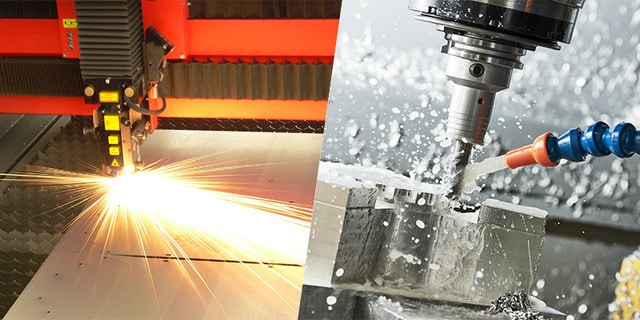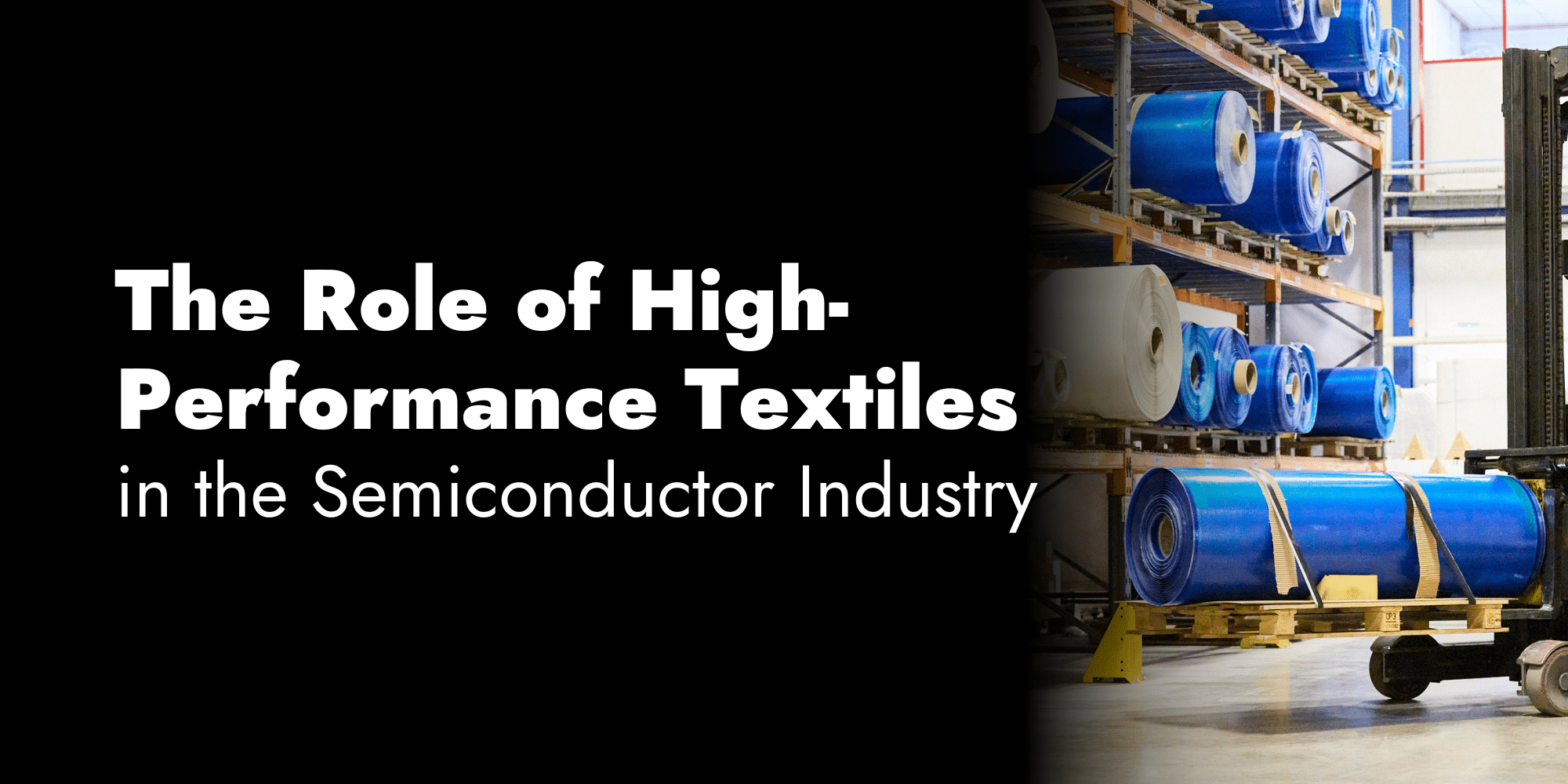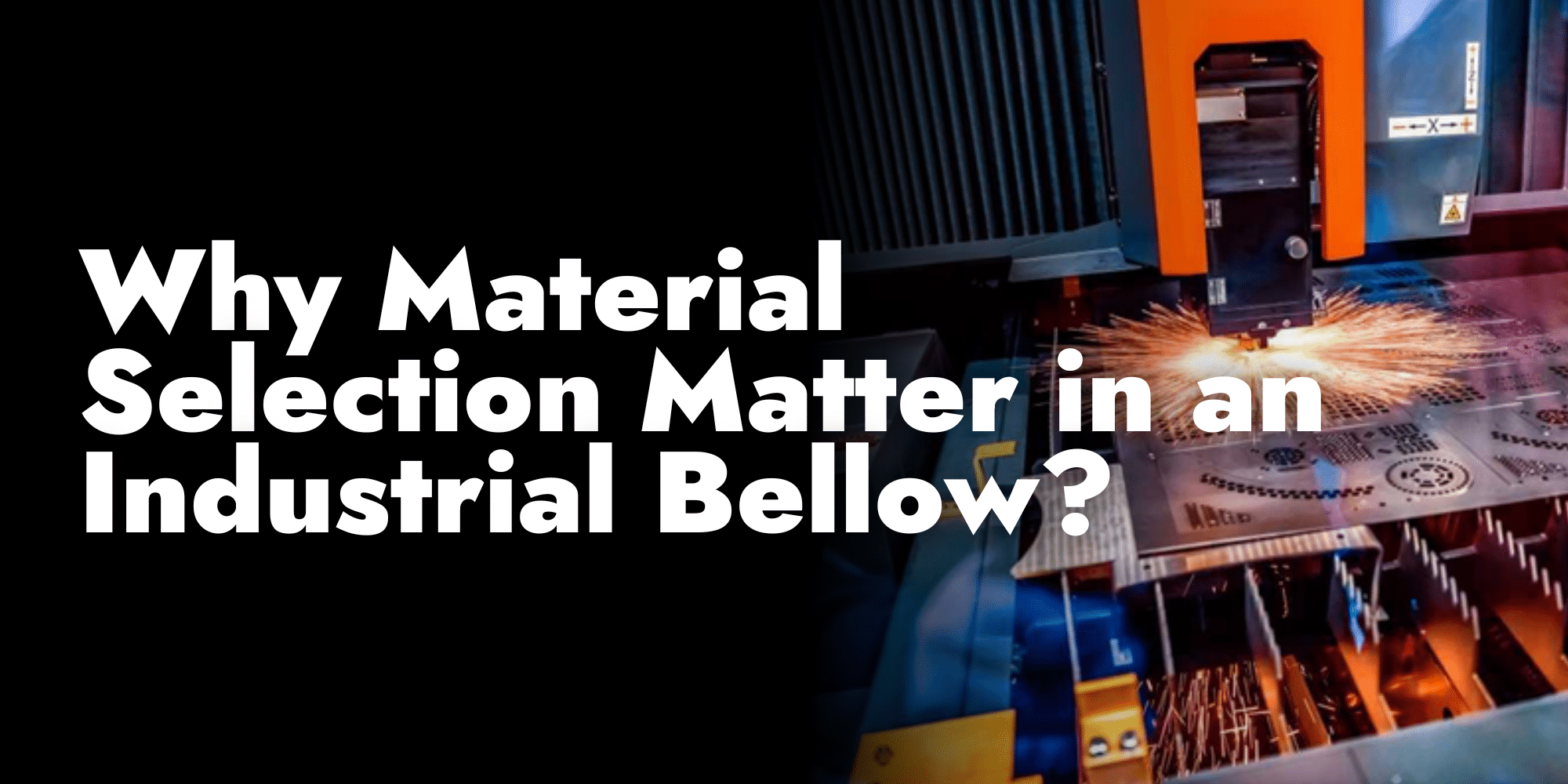The semiconductor industry demands precision, innovation, and relentless efficiency. As chip manufacturing evolves, the materials…

Choosing the Best Fabric for Your Machine Bellows: A Guide for Industrial Environments
Bellows for machine tools protect valuable parts, processes, and workers. By protecting the guide-ways and machine components, bellow covers to help the proper functioning of the machines. Whether it’s shielding guide ways from dust or guarding workers from sparks, the material and design of your bellow covers can make a big difference in machine efficiency and durability.
What Are Bellows?
Bellows are flexible protective covers installed on machine components to shield them from contaminants such as dust, oil, metal shavings, and liquids. They serve as protective barriers for workers, especially in high-speed or high-temperature machining environments.
Bellows are critical in various machine tools and equipments like:
- CNC Machine
- Machine lasers
- 3D printing machines
By reducing the risks of damage or contamination, bellows lower maintenance costs, minimize downtime, and support safer operations.
1 – Type of working environment
Understanding your machines environments will help in selecting the right bellow.
DRY ENVIRONMENT
For the dry environment, the most known risks are:
- Dust
- Airborne Particles
- Protection for machines and humans
Most of the time, machines in this type of operational environment don’t produce waste materials and don’t use any liquids.
Recommend Machine: Measuring machines
WET ENVIRONMENT
Wet environments involve machining processes that rely on liquids to enable material transformation and control heat buildup during high-friction operations. These environments are typically defined by the presence of two key types of liquid:
- Liquid Coolant: Prevents overheating of tools and workpieces during machining. Without it, excessive friction can lead to deformation or tool wear.
- Cutting Oil: Reduces friction and enhances the precision and efficiency of the cutting process.
Recommend Machine: CNC machines, turning centers, and cutting machines.
HOT ENVIRONMENT
Hot environments are typically associated with processes that generate intense heat, such as laser cutting or metal-based 3D printing. These operations pose a fire risk and demand materials that can tolerate high temperatures and occasional molten splashes.
For hot environments, the most known risks are:
- Fire
- Heat degradation
Recommend Machine: Laser cutting machines and 3D printing machines.
2 – Type of materials for bellows
The characteristics of the working environment, such as temperature, liquid exposure, and mechanical impact, depend on both the machined part and the overall machining process. These factors directly determine the type of bellow fabric required to properly protect machines and users.
| Fabric | Temperature Resistance | Oil/Chemical Resistance | Water Resistance | Mechanical Strength | Best Use Case |
|---|---|---|---|---|---|
| PVC | 70–80°C (158–176°F) | No | Yes | Moderate | Coolant-based wet environments |
| PUR | Up to 150°C (302°F) | Yes | Yes | High | Oily or heated machine environments |
| TPU | Up to 80°C (176°F) | Yes | Yes | Moderate | Wet environments with mild temperatures |
| Rubber | Varies | No | No | High | Dry environments with strong mechanical impact |
| Aramid | >150°C | Yes | No | Very High | High-impact or spark-heavy applications |
PVC (Polyvinyl Chloride) Fabric
By its composition, the bellows made of PVC provide basic protection against coolants, including water and/or chemical solutions. These are commonly used in environments where machining involves liquid. However, if the coolant has a non-neutral pH, it can damage the bellow. PVC also has limited temperature resistance (around 70°C–80°C or 158–176°F) and is not suitable for oily environments.
PUR (Polyurethane) Fabric
PUR fabric offers strong resistance to high temperatures, up to 150°C (302°F) and the resistance to oils. This makes it ideal for environments where there is are few molten metal splashes or where oils are used to enhance part quality. It provides excellent protection in both heated and oil-rich settings.
TPU (Thermo Polyurethane) Fabric
TPU fabric resists oils and grease and performs well in wet environments that do not require high heat tolerance. It withstands temperatures up to approximately 80°C (176°F), making it a good choice for moderate wet machining conditions.
Rubber Fabric
Rubber bellows are typically assembled through a stitching process, providing high mechanical resistance. However, they are not suitable for wet environments due to a lack of water resistance. Additionally, their inability to compress makes them less space-efficient in compact applications.
Aramid Fabric
Aramid fabrics are used in applications where high mechanical resistance is required. For environments involving splashes from chips, dusts, or sparks, this material maintains its shape and durability without deforming, regardless of the multitude of impacts.
3 – Type of manufacturing process
There are many possibilities to manufacture bellows, and the choice of method often depends on the type of material used and the specific shape or function of the bellows. Each technique offers distinct advantages and limitations.
HF (High-Frequency) Welding
One of the common processes of manufacturing, high-frequency welding the parts of the fabrics using high-frequency electromagnetic machine.
- Advantage: Creates strong, watertight seams
- Limitation: Higher production cost
Heat Welding
This second process of welding consists of bonding a plate between the fabric plies and applying high-teat to meal and fuse the layers together.
- Advantage: Clean and effective for compatible materials
- Limitation: May deform or damage lightweight fabrics
Gluing
The third process is the gluing process. Gluing joins the fabric sidewalls with industrial adhesives. The process is similar to the HF (High-Frequency) welding step, however the final product has a shorter lifespan.
- Advantage: Cost-effective and easy to apply
- Limitation: Offers shorter lifespan and lower structural integrity compared to welded seams
Laminating
The laminating process allows manufacturers to combine different materials into one composite layer.
- Advantage: Capability to choose different material
- Limitation: Expensive and prone to delamination under stress or repeated movement
Stitching
The fifth manufacturing process is the stitching process. This manufacturing process is used for assembling bellows that require high-mechanical resistance. It involves sewing fabric layers together.
- Advantage: High-mechanical resistance
- Limitation: Not watertight
4 – Alternatives for flexible covers
Besides the standard flexible fabric bellows, there are additional alternatives used in industrial applications. These options are designed with either rigid components or hybrid compositions, each offering specific mechanical benefits.
Telescopic Covers
The telescopic covers are constructed entirely from steel panels. The whole protection system is composed of steel. This type of protection offers high mechanical resistance and strong protection. However, the composition of steel panels limits the mobility of the covers. It is not watertight and can not be fully retracted.
Hybrid Covers
To overcome the issues of the telescopic cover, there are hybrid covers. This type of protection is made of supple fabric combined with steel plates. The result is a product with excellent properties:
- High mechanical resistance
- Better mobility
- More retractable
- Watertight
5 – what to do consider when choosing the right bellow
Before selecting your bellow, consider:
- Machine application and function
- Environmental exposure
- Required compression/extension range
- Installation space and mobility needs
- Lifespan expectations vs. budgets
Selecting the right bellow ensures your machine runs longer with less innervation, less costly breakdowns, and increasing efficiency.
Conclusion
Choosing the right material and manufacturing process for your bellows is essential for the performance and protection of your equipment. OTEGO provides industry-leading protective fabrics and can guide you through selecting the ideal solution for your machine.
Want to know more? Contact us for a personalized consultation and explore how our technical fabrics can improve your machine protection system.


